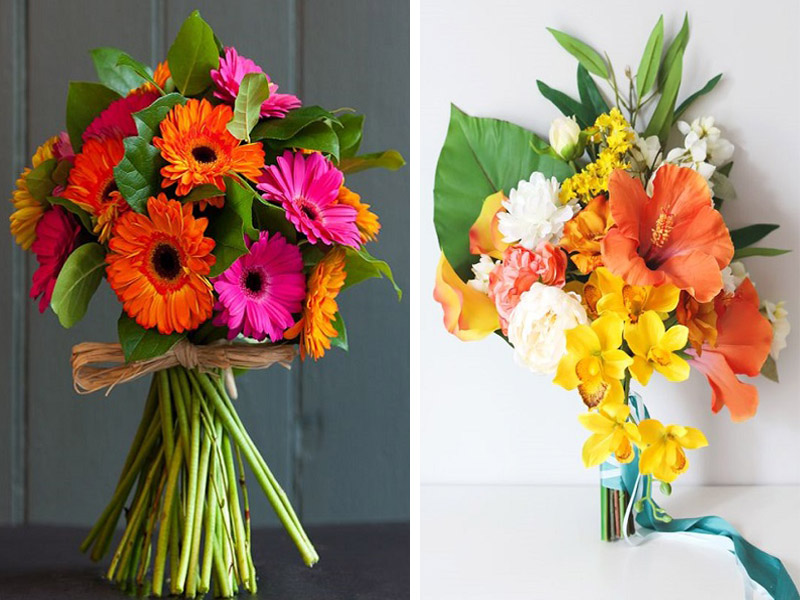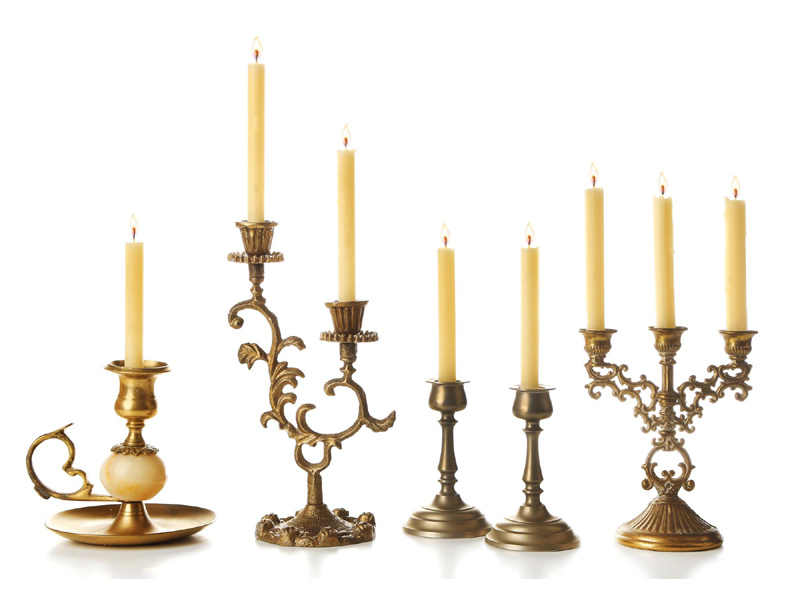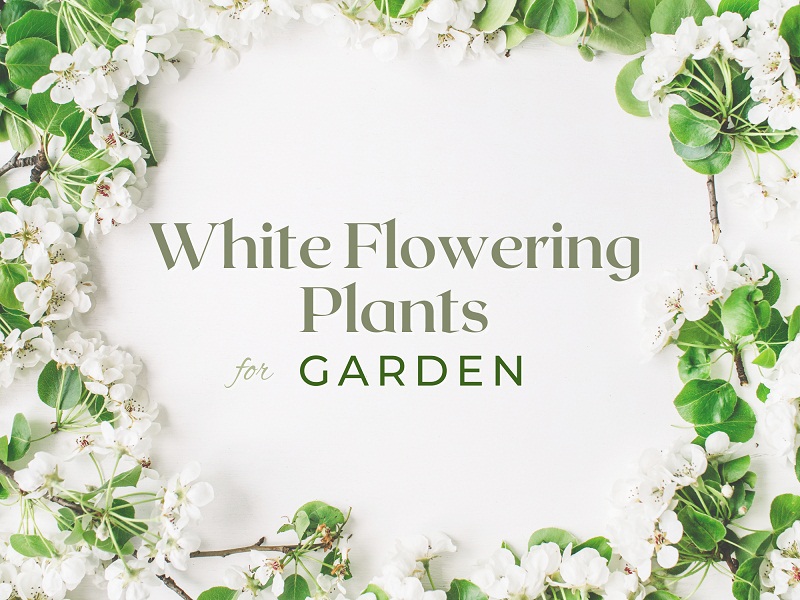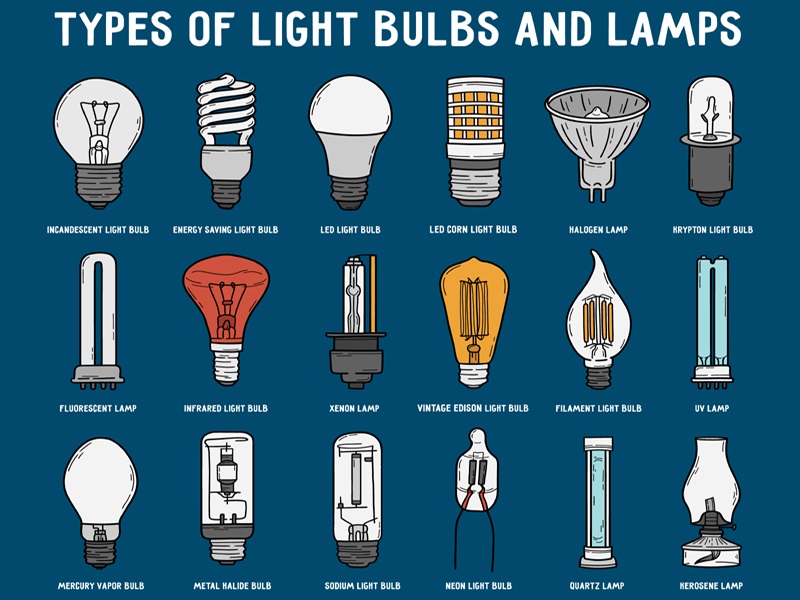Hello gardeners, here we are back with a new article about the best herbs and vegetables to grow in the shade.
Are you worried about growing veggies in your Garden that doesn’t get enough sunlight? Fret not; you can grow all your favourite herbs and vegetables in the shade whether your Garden is blocked by homes in your neighbourhood or sits under a canopy of trees. However, before planning a full-fledged garden for your home, check for a few things, such as what shade your Garden receives, whether partial, dappled, or complete shade.
Types of Sun Exposure to Plants:
There are three primary sunlight conditions in the amount of sun during the prime-growing season of any plants, whether veggies or herbs. They are:
- Full Sun: The areas that receive direct sunshine between 10 am and 6 pm for six or more hours are called whole sun areas.
- Partial Shade: The areas that receive sunlight for 3 to 6 hours per day are called partial shade or partial sun areas. These areas are shaded for the rest of the day, barring the 3 to 6 hours of sunlight. These places receive dappled or filtered sunlight throughout the day.
- Full Shade: As the name suggests, the areas that don’t receive reflected light or any direct sun during the day are called full-shade areas. Since all plants need atleast some light to grow, this area might not be the perfect place for growing veggies.
Therefore, without further ado, go through this article to know shade loving herbs and vegetables. Read on!
Top 30 Best Herbs and Vegetables That Grow in Shade:
20 Best Vegetables to Grow in Shade:
All plants require sunlight for them to thrive. However, some herbs and vegetables can easily grow in the shade. Here, we have listed some vegetable plant names that can grow in the shade with some tips that can help you.
1. Broccoli:
Broccoli is a cool-season plant that can appreciate shade as the growing season heats up, and it is a slow-growing plant. The edible flower buds are the reason broccoli is grown. However, the flavour turns bitter once the plant blooms. Furthermore, stir-fries, soups, and salads are perfect recipes to enjoy raw or cooked broccoli.
- Sunlight requirements: Partial shade to full sun.
- How to Grow: Plant transplants or seeds indoors.
- Harvest: Requires about 50 to 70 days.
- Varieties: Santee, Green comet, Belstar.
2. Carrots:
Carrots are shade tolerant vegetables grown for their sweet roots, which come in various shapes and colours. Each type of carrot has different maturity times, and the colours of this vegetable range from light yellow, orange, and red to purple. Carrots will produce an excellent sweet crop even in warm weather though they take a little longer and grow smaller in the shade.
- Sunlight requirements: Partial shade to full sun.
- How to Grow: Sowing seeds directly.
- Harvest: 30 days for baby carrots and 60 days for full-size ones.
- Varieties: Parisian, Chantenay, Dancers, Little finger, Imperator.
3. Lettuce:
Lettuce is one of the vegetables that can grow in full shade. You can go for seeding them in warm temperatures though it is a cool-season veggie. You will be able to harvest lettuce longer as the summer heats up, significantly when you are growing lettuce in partial shade. During late summer, plant lettuce under a canopy of trees, and they will thrive once the cool weather arrives. You can harvest lettuce as baby greens or let them fully mature.
- Sunlight Requirements: Partial shade to full sun.
- How to Grow: Plant transplants, sow them outside or start from seed indoors.
- Harvest: 30 days for baby greens, 45 to 50 days for looseleaf and butterhead lettuce, and 65 to 70 days for Romaine lettuce.
- Varieties: Freckles, Simpson, Romaine.
4. Peas:
Peas are vegetable plants that grow in the shade. These veggies appreciate a partial shade as the weather heats up because peas are a cool-season vegetable. The crunchiness is the prominent feature of snow and snaps peas. Garden peas are shelling peas removed from the inedible pod, also known as English or sweet peas.
- Sunlight Requirements: Partial shade to full sun.
- How to Grow: Sow seeds directly in the spring season.
- Harvest: Depending on the variety, about 30 to 65 days.
- Varieties: Super sugar snap, Garden sweet shelling, Oregon sugar pod.
5. Kale:
Kale is another vegetable that needs less sunlight and is known for its slightly bitter leaves and is a cool-season crop. It might become harsh and bitter in warm weather. However, you can grow this green vegetable all season long when you grow them in partial shade. It is an excellent crop for fall since kale is very tolerant to cold weather.
- Sunlight Requirements: Partial shade to full sun.
- How to Grow: Plant transplants or sowing them directly in spring.
- Harvest: 30 days for baby greens, 60 days for full size.
- Varieties: Red Russian, Dwarf blue curly, Nero di Tuscana lacinato.
6. Potatoes:
Potatoes can grow well in partial shade, though they thrive in full sun. This is because potatoes prefer cooler weather. When growing potatoes in the partial shade, it is best to expect a lower yield and smaller tubers.
- Sunlight Requirements: Partial shade to full sun.
- How to Grow: Plant the seed tubers in the early spring.
- Harvest: Based on the variety of 70 to 120 days.
- Varieties: Dark red Norland, Rose fin apple fingering, Kennebec.
7. Radish:
Suppose you are looking for a vegetable to grow in warmer weather and is a shade-loving vegetable. In that case, the cool-season crop radish can be an excellent option. You can enjoy the roots and foliage of radishes because they are a great crop to succession sow. You can consume radish sauteed, pan-fried, roasted, or raw in salads or on a veggie platter.
- Sunlight Requirements: Partial shade to full sun.
- How to Grow: Sow the seeds directly in early spring.
- Harvest: About 20 days.
- Varieties: French breakfast, Cherry belle, Watermelon Mantanghong, Sparkler.
8. Rhubarb:
Rhubarb is known for its tart, tangy-flavoured leaf stalks and is a perennial veggie that grows well in the shade. This vegetable is hardy and produces a harvest each spring once they emerge from the ground and doesn’t need a lot of care. Whether in baked goods, jelly, syrup, or pies, you can enjoy rhubarb in several ways.
- Sunlight Requirements: Partial shade to full sun.
- How to Grow: Early spring is the perfect time to plant root crowns.
- Harvest: 365 days.
- Varieties: Colorado red, Victoria, and Canada red.
9. Spinach:
Spinach is another common leafy green vegetable that can be grown in the shade. You can go to seed once warm weather begins because lush green is a fantastic season. This crop has a longer growing period when grown in a partially-shaded area.
- Sunlight Requirements: Partial shade to full sun.
- How to Grow: You can start transplant indoors or sow the seeds directly in early spring and fall.
- Harvest: 30 days for baby greens and 45 days for mature ones.
- Varieties: Bloomsdale, Avon, Tyee, Space, and Butterfly.
10. Swiss chard:
Swiss chard is a popular leafy vegetable that grows well in the shade and produces harvest from early spring, summer till fall. Chard can be an excellent substitute for spinach when the weather is too hot. You can add Swiss chard to soups, and salads, saute them with olive oil and garlic or toss the greens into salads.
- Sunlight Requirements: Partial shade to full sun.
- How to Grow: Plant transplants indoors or sow seeds directly.
- Harvest: 45 days for baby greens.
- Varieties: Fordhook giant, Celebration, and Bright lights.
11. Turnip:
Turnip is another partial shade vegetable grown for greens and roots and a cool-season crop. You can extend the harvest of turnips by growing them in partial shade since growing them in warm weather might make the roots woody. Furthermore, increasing turnips in partial shade need to plan on harvesting smaller roots. Finally, you can steam or sauté the greens or enjoy radishes by boiling, mashing, roasting, or raw in salads.
- Sunlight Requirements: Partial shade to full sun.
- How to Grow: Early spring or late sucker is a perfect time to sow seeds directly for fall harvest.
- Harvest: 30 days for greens, and roots take 90 days.
- Varieties: Purple top white globe, Golden ball, White egg, and Red round.
12. Parsnip:
Known for their slightly nutty-flavoured roots, parsnips are long-seasoned vegetables that grow in partial shade. The frost sweetens the flavour during the parsnip harvest because they produce the best in cool temperatures. Since parsnips tolerate partial shade well, this weather helps prevent the soil from drying out and keeps the roots cool.
- Sunlight Requirements: Partial shade to full sun.
- How to Grow: Sow seeds directly in spring.
- Harvest:120 to 180 days.
- Varieties: Hollow crown, Javelin, and Gladiator.
13. Garlic:
Garlic is one of the popular ingredients used in Indian and international; cuisine. You can harvest them in summer because garlic is planted grown f and grown for its large bulb though they are flavourful. Garlic produces smaller cloves when grown in garlic.
- Sunlight Requirements: Partial shade to full sun.
- How to Grow: 4 to 6 weeks before the hard frost date in the fall.
- Harvest: Any stage.
- Varieties: Music, German extra hardy, Inchelium red, Purple Glazier.
14. Cauliflower:
The flower head of the cauliflower is the reason it is grown, and it is also called the curd. It is one of the vegetables that like shade and comes in a wide range of colours though white is the most common. Cauliflower comes in smaller heads when grown in partial shade and grows slowly too. So when you grow cauliflower in the shade, you can prevent flowering prematurely or discolouring.
- Sunlight Requirements: Partial shade to full sun.
- How to Grow: You can directly sow seeds in late summer or start seeds indoors for planting in spring.
- Harvest: Depending on the variety, about 50 to 120 days.
- Varieties: Cheddar, Flamestar, Graffiti, Snow crown, and Romanesco veronica.
15. Cabbage:
Cabbage is another vegetable you can grow in full shade and is an excellent season crop. When the season warms up, cabbage grows well in partial shade. You can prepare a wide range of food options with cabbage.
- Sunlight Requirements: Partial shade to full sun.
- How to Grow: You can plant transplants or start indoors from seeds.
- Harvest: Depending on the variety, 60 to 110 days.
- Varieties: Early jersey wakefield, Danish roundhead and Fastball.
16. Brussels Sprouts:
If you are looking for vegetables that you can grow in full or partial shade, then brussels sprouts can be an excellent option. You can plant these veggies in spring for a fall harvest because Brussels sprouts are a long-season crop. In addition, Brussels sprouts can endure warm summers when they are grown in partial shade.
- Sunlight Requirements: Partial shade to full sun.
- How to Grow: Plant transplants post the danger of frost or start indoors from seeds.
- Harvest: 90 to 100 days.
- Varieties: Jade cross, Long island improved, Red bull and Rosella purple.
17. Beets:
Beets are a root vegetable that grows in the shade for roots and green and is an excellent season crop. The origins of beets are tender and tasty though they might be smaller when they are grown in partial shade. You can consume the roots roasted, boiled or pickled, while fresh greens can be used in soups or salads.
- Sunlight Requirements: Partial shade to full sun.
- How to Grow: You can sow the seeds directly in fall and spring.
- Harvest: 30 days for greens, and roots need 60 days.
- Varieties: Detroit dark red, Chioggia, Touchstone gold.
18. Asparagus:
Asparagus is one of the shade friendly vegetables grown for its tender spears. It is a long-lived perennial vegetable which emerges as the soil warms up. Though the harvest of asparagus is higher in full sun, these plants can tolerate partial shade too. If you wish to accommodate the difference, grow more plants.
- Sunlight Requirements: Partial shade to full sun.
- How to Grow: Either start from 1 to 2-year-old roots or from seeds.
- Harvest: Three years old.
- Varieties: Mary Washington, Pacific Purple, Jersey knight.
19. Bok Choi:
Bok choi is one of the best vegetables to grow in partial shade and a type of Chinese cabbage in the incredible season. Other names for bok choi are pak choi, spoon cabbage or Chinese cabbage. You can prevent the veggie from bolting or going to seed as the warm season comes when you grow bok choi in partial shade.
- Sunlight Requirements: Partial shade to full sun.
- How to Grow: You can start transplants indoors or sow seeds directly in the fall and spring.
- Harvest: 30 days for baby plants and 60 days for mature ones.
- Varieties: Toy Choi, Bok choi, White stem.
20. Celery:
Celery is known for its long, crunchy leafstalks; it is an excellent season and slow-growing crop. However, the stalks might become hollow when there is too much heat. Celery prefers cooler weather though it might produce shorter and thinner stalks when grown in partial shade.
- Sunlight Requirements: Partial shade to full sun.
- How to Grow: Plant transplants in spring or start seeds indoors.
- Harvest: 45 days at the baby stage and 90 to 120 days for mature ones.
- Varieties: Tango, Utah tall, Conquistador.
10 Best Herbs That Grow in the Shade:
We have listed some popular shade-loving herbs that can thrive in low-light areas. The plants range from kitchen favourites like mint and parsley to those with religious importance like basil. Let us go through the list to know more.
1. Thyme:
Thyme is one of the best herbs that thrive in the shade and can do well when they get sunlight for 4 to 6 hours a day. Since thyme is drought tolerant and doesn’t require special care, it is a fantastic option for beginners. During summer, this plant gets pretty blossoms in purple, pink or white in addition to the edible leaves.
2. Mint:
Mint is a herb that is extensively used in many Indian and international cuisines, and this herb can grow well in the shade as well as in the sun. However, mint will grow slower when grown in the shade. The mint plant can take over other plants if not carefully tended since they grow swiftly. Before adding the herb to the garden beds, mint a container plant or pot. Mint is a shade-loving plant that repels mosquitoes.
3. Parsley:
Parsley is a herb that grows well in the shade, though often the instruction might tell you to plant it in full sun. Flowers of parsley are the second year because it is a biennial which means they enjoy them all summer and more in the following spring.
4. Sage:
Sage is a tricky herb that grows well in dappled or partial shade, though it might look very delicate. This is also one of the common herbs used in many culinary experiments. You can pinch back the tender tips of the plant if you notice the plant is getting leggy. Make sure not to overwater the plant, though water them regularly.
5. Basil:
Basil is one of the popular herbs that have a spiritual meaning associated with it in many Indian households. This is why it is also called holy basil. You can plant basil in the shade to protect the leaves from wilting during the summer’s heat.
6. Rosemary:
Rosemary is a herb that grows exceptionally well in partial shade, contrary to popular belief. However, in low-light areas, the rosemary herb grows a little slower. Therefore, keeping the soil on the dry side is advised, regardless of where you plant rosemary. Overwatering this herb might rot the roots; therefore, make sure you water them only necessarily.
7. Cilantro:
Cilantro is another shade-loving herb because it will quickly bolt and set seeds when under the hot sun. This herb hates the hot sun, and they grow better in excellent soil. You will have to water the cilantro plant regularly, and they grow low-mounding plants equally well in containers.
8. Lemon balm:
As the name suggests, lemon balm’s leaves have a minty, citrus scent, and it is a perennial herb. These flavours are why lemon balm is used in many flavoured teas, marinades for fish and chicken or salads. If you want to prevent them from getting leggy, trim them often in the shady spots.
9. Oregano:
Oregano is also called winter marjoram, and it prefers cooler temperatures. Suppose you live in a hot climate and want to grow oregano. In that case, they work better since oregano does better in the shade. Protect these plants from intense afternoon rays if you wish for oregano to grow well.
10. Chives:
Chives are cold and hardy and belong to the onion family. They are some of the prominent herbs used in many cuisines globally. Chives tolerate a lot of shade in hot climates, though they prefer full sun. Garlic chives have white flowers, taste deliciously, and are lovely perennial herbs. However, it is advised to deadhead the flowers, preventing them from spreading too much because they readily self-sow.
Read: Balcony Garden Ideas for Small Spaces
If you are a gardening enthusiast, then you must know not every plant’s needs are the same. For example, some herbs and vegetables grow in the shade exceptionally well. If your home garden is sun-challenged, then the list of herbs and veggies mentioned in this article will help you. Don’t forget to let us know if you found the article helpful!
Disclaimer: The information provided in this article is based on research and not a replacement for getting advice from a professional. The website is not responsible for the authenticity and accuracy of the information.
FAQ:
1. What factors do you need to consider while growing herbs in the shade?
It would help if you kept a few things in mind to encourage the successful growth of vegetables and herbs in the shade aside from maximizing your sunlight by placing the plant in the sunniest spot. The most important things are:
- Make sure not to over-fertilize.
- Ensure you harvest regularly.
- Keep an eye out for pests.
2. What are the tips that help you grow vegetables in the shade properly?
Here are the simple tips you can keep in mind that help you grow vegetables and herbs efficiently:
- Make sure to choose herbs and veggies that don’t require full sun and can adapt to shade efficiently.
- Before transplanting the veggies and herbs to the shady site, ensure the crop’s early seedling growth and germination under optimal conditions.
- Scale down your expectation of yield and size since there will be slower maturation of crops.
- You can make the light bounce well into the Garden by painting nearby walls or fences white.
3. What are the advantages of growing veggies in the shade?
Here is a list of the significant benefits of growing vegetables in the shade. They are:
- The vegetables and herbs grown in the shade are free of bitter taste while being succulent.
- There is a longer growing period for cool-season crops if you have a partially shaded garden.
- You can protect crops from the hot summer sun with the help of their shade.










































































































